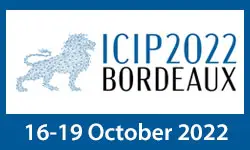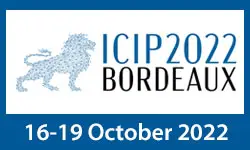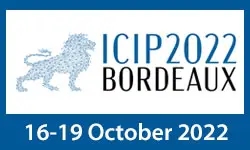Sign-Opt+: An Improved Sign Optimization Adversarial Attack
Yu Ran, Yuan-Gen Wang
-
Members: FreeSPS
IEEE Members: $11.00
Non-members: $15.00Length: 00:08:01
03 Oct 2022
Camouflaged object detection (COD) focuses on detecting objects assimilated into surroundings. Distractions from the background make it extremely challenging to find the correct semantics and border details. Some of the current methods aim to explore edge details directly which has the risk of leading to boundary errors under strong background interference. While other conservative methods find rough semantic locations, then implicitly infer the edge against the background which cannot fully pay attention to the spatial details manifesting as partial semantic loss and blurring. Different from the existence, we propose a framework that generates progressively refined edge likelihood maps to guide the feature fusion of camouflaged objects. To get robust and refined edge likelihood maps, a module is first trained to fit the reasonable edge likelihood distribution based on semantic position clues and then a progressive architecture is designed to refine the possible edge area which gradually approaches the real edge. Our method can avoid catastrophic errors during exploring the fine edge, but also improves border details, solving the border blurring. Experiments on four datasets demonstrate the significant improvements and generalization ability of ours compared with state-of-the-art methods.



